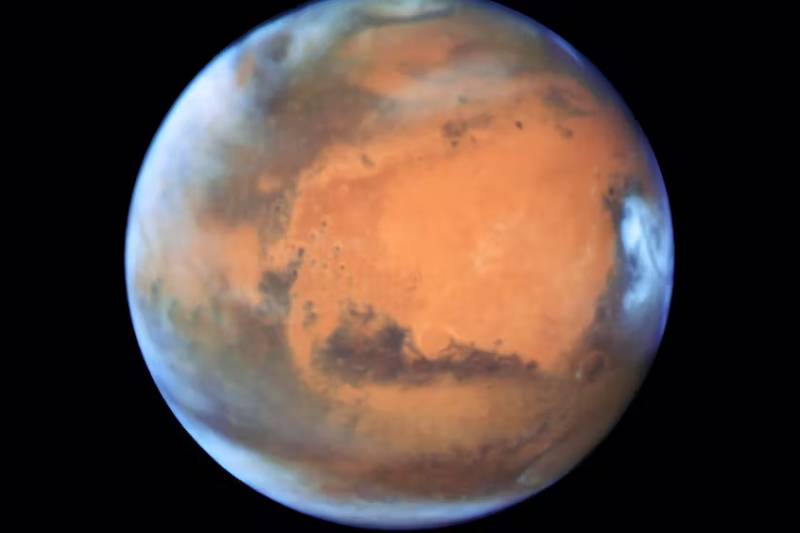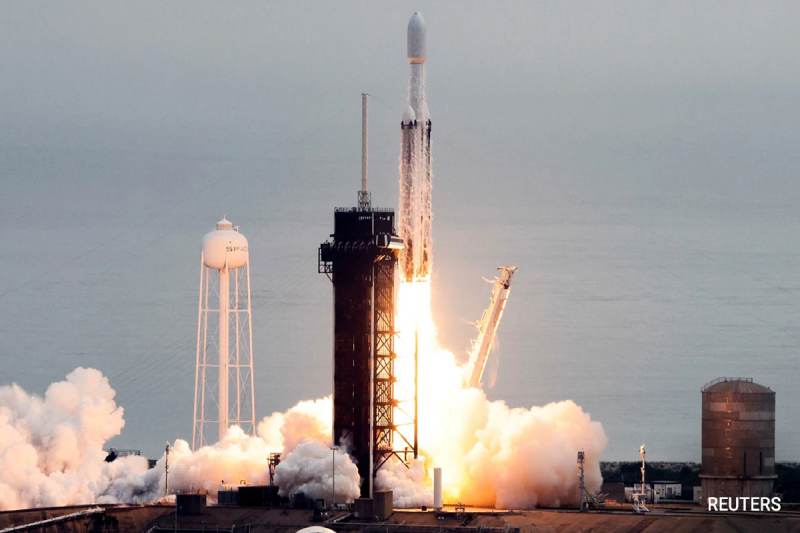On May 4, 2022, NASA’s InSight lander registered the most significant seismic event ever observed on Mars, boasting a magnitude of 4.7, a notable occurrence on our neighboring planet though relatively moderate by Earth’s standards.
Mars does not experience the plate tectonics responsible for earthquakes on Earth, leading scientists to initially suspect that a meteorite impact was behind this seismic event. However, their search for an impact crater yielded no results, eventually leading them to conclude that this particular marsquake was the result of tectonic activity, shedding light on the underlying geological processes that make Mars tremble and providing a deeper understanding of the planet’s seismic nature.
“We concluded that the largest marsquake seen by InSight was tectonic, not an impact. This is important as it shows the faults on Mars can host hefty marsquakes,” explained planetary scientist Ben Fernando of the University of Oxford in England, the lead author of the research published in the journal Geophysical Research Letters. He further noted, “We really thought that this event might be an impact.”
“This represents a significant step forward in our understanding of Martian seismic activity and takes us one step closer to better unraveling the planet’s tectonic processes,” added Constantinos Charalambous, a planetary scientist from Imperial College London and a co-author of the study, who also serves as co-chair of InSight’s Geology Working Group.
Despite the absence of Earth’s dynamic plate movements, Mars still experiences seismic activity due to its slow shrinkage and cooling processes, maintaining motion within its single solid crust.
The research team pinpointed the epicenter of the 4.7 magnitude quake in the Al-Qahira Vallis region in the Martian southern hemisphere, approximately 1,200 miles (2,000 km) southeast of InSight’s location just north of the equator. They surmise it likely originated a few dozen miles below the surface.
Prior marsquakes detected by InSight were predominantly associated with a region called Cerberus Fossae, east of InSight’s location. However, the origin of this particular seismic event puzzled scientists as it lacked evident surface features linked to ongoing tectonic processes that could cause such a powerful quake.
The energy released during this seismic event exceeded the cumulative energy from all other marsquakes recorded by InSight. Initially, researchers observed similarities in its seismic signature to two meteorite impacts detected by InSight, which had created craters around 500 feet (150 meters) wide.
To solve the mystery, various space agencies with spacecraft monitoring the Martian surface were called upon, including European, U.S., Chinese, Indian, and United Arab Emirates agencies, to search for evidence of an impact on the day of the quake, but no impact crater was found.
The absence of a crater represents a significant advancement in the interpretation of seismic signals on Mars, offering valuable insights for future human missions to the planet.
In the context of Earth, a quake of similar magnitude would likely cause minor structural damage but not catastrophic destruction.
The majority of marsquake locations detected by InSight remain uncertain, with an incomplete understanding of the mechanisms responsible for triggering them. Each seismic event detected by InSight contributes to the broader understanding of Mars’ geological history and evolution, particularly concerning seismic activity distribution, which is a vital consideration for planning future human missions to the planet.
Disclaimer: The views, suggestions, and opinions expressed here are the sole responsibility of the experts. No Science Currents journalist was involved in the writing and production of this article.


